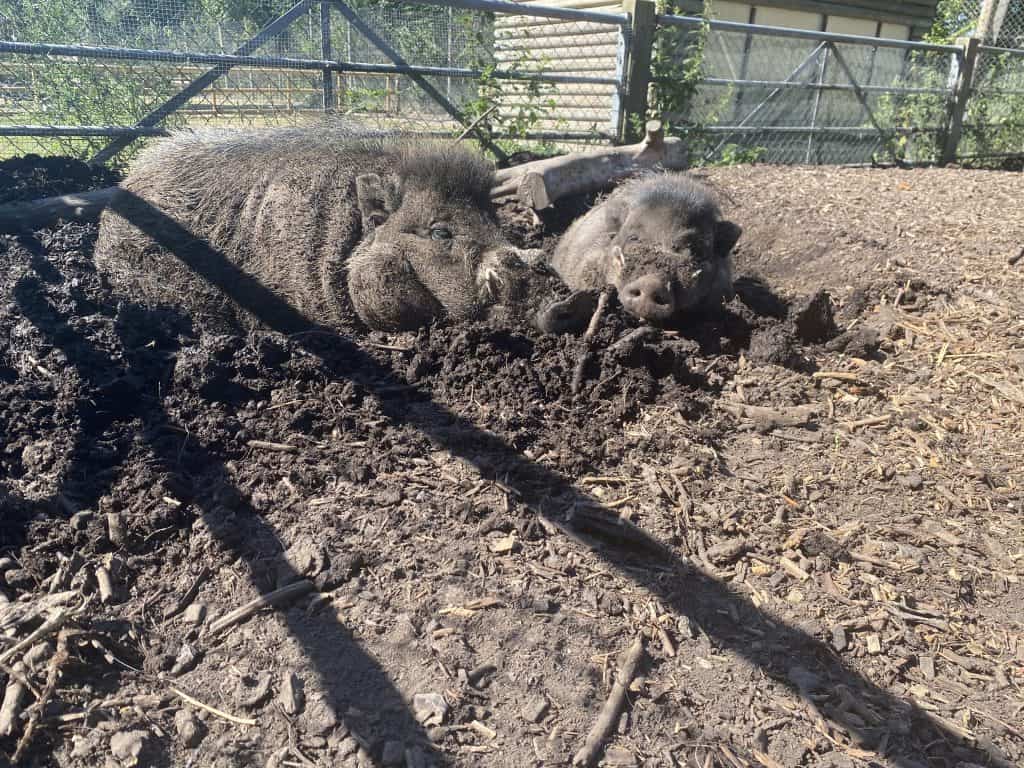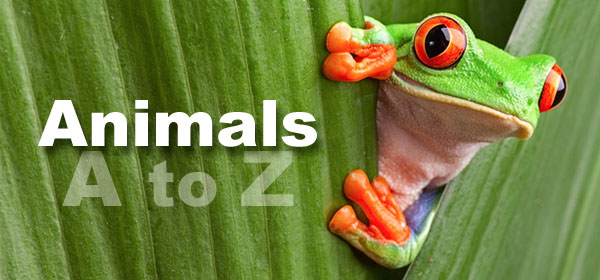To some mud seems like a nuisance. As soon as it rains mud is everywhere and then gets all over everything. Surely there are no benefits of having this slippery, sticky, dirty substance.
Mud goes hand in hand with the outdoors. Research has shown that encountering certain number of bacteria is good for us. Helping us to build up immunity as opposed to living in a virtually sterile environment, which makes our bodies very vulnerable. Every year on the 29th of June International Mud Day is celebrated and believe it or not there are quite a few benefits mud has to offer not only just to humans but animals aswell.
Mud baths have been around since ancient times and there are beliefs that these types of baths have spiritual properties. They may contain minerals like sulfur, zinc, magnesium, and bromine that are said to relieve stress, joint pain, rheumatoid arthritis, and certain skin ailments maybe that’s the reason why people pay a lot of money for mud masks and baths at spas? Some use it to simply relax. As I mentioned earlier its not only humans that benefit from mud, but animals need and depend on having access to mud for so many different reasons.
Nest Building
House martins and swallows both build their nests by collecting mud in their bills and mixing it with grass stems to make a cup with a small entrance at the top. The mud cup is then lined with feathers to insulate the chicks.
Flamingos are another bird that benefits from mud. Their nests are built on top of mudflats and constructed into the shape of mounds. Made of mud, stones, straw, and feathers, these mounds can measure up to 12 inches tall. At the top of the mound lies a small depression, where the female will lay a single egg. Here at the park our bird keepers will give the flamingos a helping hand by starting off the mounds, then they are left to their own devices to finish them off in whatever suits them.
Cooling Off
Mud wallows are used by a variety of animals, the ones which favor this technique are generally those that have sparse hair and few sweat glands on their hides. Cape Buffalos, Black & White Rhinos, Warthogs and Elephants to name a few are perfect examples of species that love a good bit of mud. They will often stir up the mud with their feet, horns, or snouts before getting down for a roll.
Wallowing acts as a cooling method and time spent lying in mud wallows will reduce their body temperature. For all these species the mud also acts both as a protection against sunburn and to provide relief from biting insects. I know a pair of Visayan Warty Pigs that like to do this exact behaviour when the weather is warm. We help Maximus and Achilles out every summer by digging them out a wallow in their enclosure, we water down the mud so it turns into a nice muddy puddle. There is no happier sight then seeing a pig in mud!

Geophagia
This is the term given to animals that eat soil or clay substrate. This behavior has been observed in several animal species in the rainforest such as macaws, butterflies and big cats.
Why are they doing it? Well, they are after the rich minerals and salt in the clay such as iron and magnesium. Butterfly males will benefit more from the sodium uptake as it aids in reproductive success, these precious nutrients will often get transferred to the female during mating.
Detoxing
Despite the bats of the Amazon having a mineral rich diet from their high intake of fruit, they have been seen eating clay from the ground of the rainforest too. This behaviour is not because they are mineral deficient but because they’re after the detoxifying effects of the minerals from consuming large doses of toxins from ripe fruit.
Snack-filled service station for Birds
The muddy estuaries, mudflats and marshes in the UK can sometimes look bleak, but they’re vital for a wide range of wildlife. Within the rich mud lives a huge variety of creatures such as worms, shellfish, crabs, small fish and other marine minibeasts. Many waders such as curlew, godwits, oystercatchers, knots, dunlins, grey plovers and redshanks specialise in hunting out these tasty morsels. Each species having a different shaped bill to delve and probe into different depths of mud.
Mud may not be glamorous, but it’s glorious. Right now, these special places are facing many threats, the least we can do is let them enjoy a little mud.


